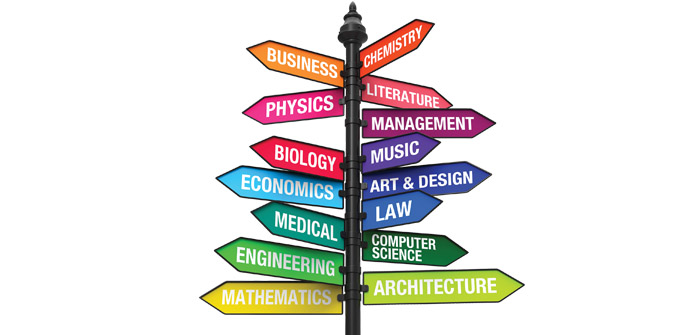Do you want print advertising that really works? In this second of three articles on advertising, we will examine some time-tested guidelines for print advertising that have been proven reliable by research studies and advertising agencies to increase sales. These guidelines involve the ways consumers react to different kinds of headlines, illustrations, layouts and copy.
Headlines
First, let’s look at the headline part of a print advertisement.
On average, nine out of ten people will read the headlines but not the body copy. Therefore, the best headlines are clear and specific. They contain no unfamiliar words that will cost your readers a trip to the dictionary to look them up (which they will not do). Effective headlines say what the product is or what it will do for your customer. And never go without a headline!
Illustrations
As for illustrations, they should arouse enough curiosity to draw the readers in and wonder “What is going on here?” At that moment you have achieved that reaction, you have increased the chances that the reader will continue to read your copy to find out. Then to keep them reading, the body copy should be entertaining all the way to the end.
Body Copy
Given the dismal statistics noted above, does anyone read body copy? It depends on the answers to two key questions: First; are your readers interested in the kind of product you are advertising?
Second; how many people are pulled into your ad by your illustration and headline? I should mention here that some research shows placement of the headline can increase readership, but this is not a steadfast rule and depends on other factors. Readership is said to be increased by 10 percent if the illustration is placed first and the headline below. I hesitate here because if the illustration is not captivating enough, readers will move on without ever getting to your headline. So you should always test the advertisement with consumers before running it.
Body copy should be written as it is read, one on one, as if you were sitting with the reader and discussing it. Use conversational language, lose the fancy words, and design it so that when it is read, it is as if you were talking to the reader and only the reader (not a crowd). If you can use a story format to get your message across, do. People read stories because they are more engaging and will then be more likely to read it through to the end. This gives you a better chance of getting your message across and netting a sale.
Font Choice
The font you use should be easy to read. Black font against a white background is easier to read than white font against a black or colored background. The more elaborate fonts that have swirls and slants are actually harder to read. Straightforward type is usually the most appealing. A line space between paragraphs has also been known to improve readability.
Ad Location
Just as important as the ad itself is the location of the advertisement. Do your research on your targeted market and find out who reads the newspaper or magazine you’re placing your ad in. Will it reach your targeted market and what kind of shelf life does it have? You can also request a specific placement such as the business or community section of the publication.
These guidelines should help you create a powerful print advertisement, one that will increase your product’s sales. You can find out by running the sales numbers after the ad is placed and by always asking your customers where they heard about the product.
In the next issue, look for my last installment of creating advertising that sells on television.
Theresa Freihoefer is an assistant professor of business at Central Oregon Community College. She brings her students a wealth of knowledge based on real-world experience in business. Professor Freihoefer can be reached at freihoefer@cocc.edu.




